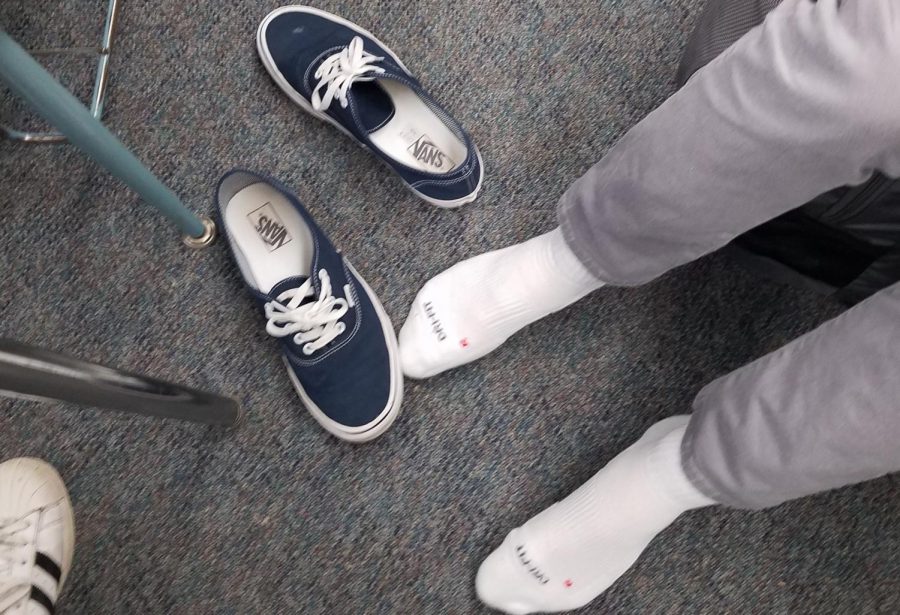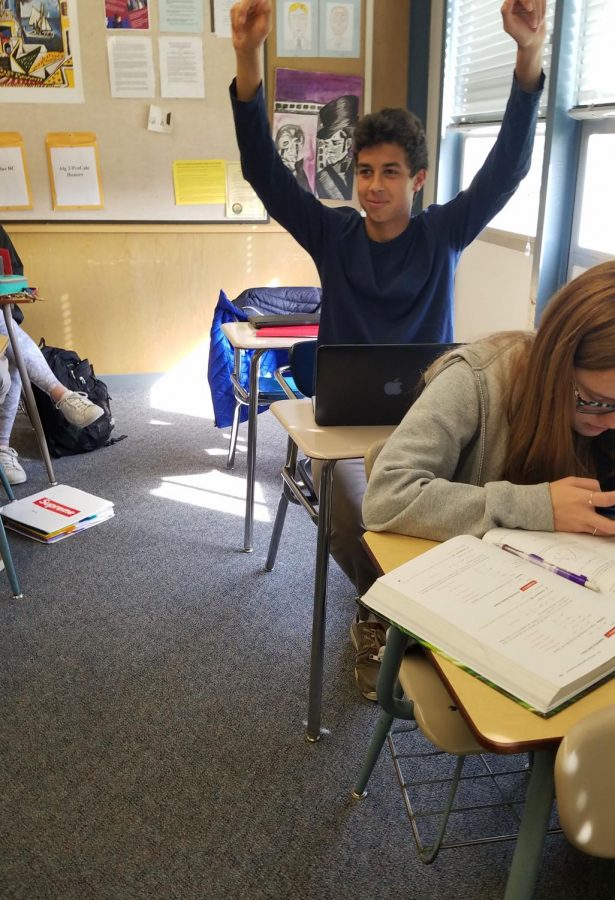Psych Experiment Challenges Social Norms
March 6, 2019
Intro to Psych students around campus yelled in the library and waved to strangers as part of a project to break perceived social norms throughout February.
The social psychology project wraps up the class’s unit on social norms and differing cultural customs.
According to Intro to Psych teacher Ryan Boyd, he includes this project as part of his curriculum because it’s engaging to students and applies classroom curriculum to the structure of human behavior. “I think it is important that they see why people conform to social norms and experience a little what it is like to break out of their comfort zone and do something that is unique and something that may get negative attention,” he said.
Boyd believes the project helps students be more empathetic toward people who don’t conform to social rules. However, he made sure his students understood that the project does not allow students to break the law.
The assignment also had students record the reactions of witnesses to their strange behavior.
“When I walked straight through groups of people talking, instead of going around, I got a lot of mixed reactions. Some people thought I was annoying, and others just thought I was in a rush,” said sophomore Maxwell Weaver.
Other examples of odd behavior included standing backward in elevators, imposing on stranger’s conversations, or sitting down at a full restaurant table.
Some students took their experiments to locations like Broadway Plaza in Walnut Creek or the Rheem Shopping Center in Moraga.
Sophomore J.T. Clarke purposely spilled soda on himself in front of a group of people at the mall. “Every time I spilled the soda on my white shirt, I screamed, ‘Why does this always happen when I wear white?!'” he said.
Boyd suggested to students that after breaking a social convention, kids should explain their experiment to the witnesses. Clarke was certain many people thought of him as “mentally insane.”
Weaver enjoyed the project as an opportunity to challenge regular behavior. “This project [was] interesting because it allowed me to see how others react to actions that aren’t ‘normal'” he said.

